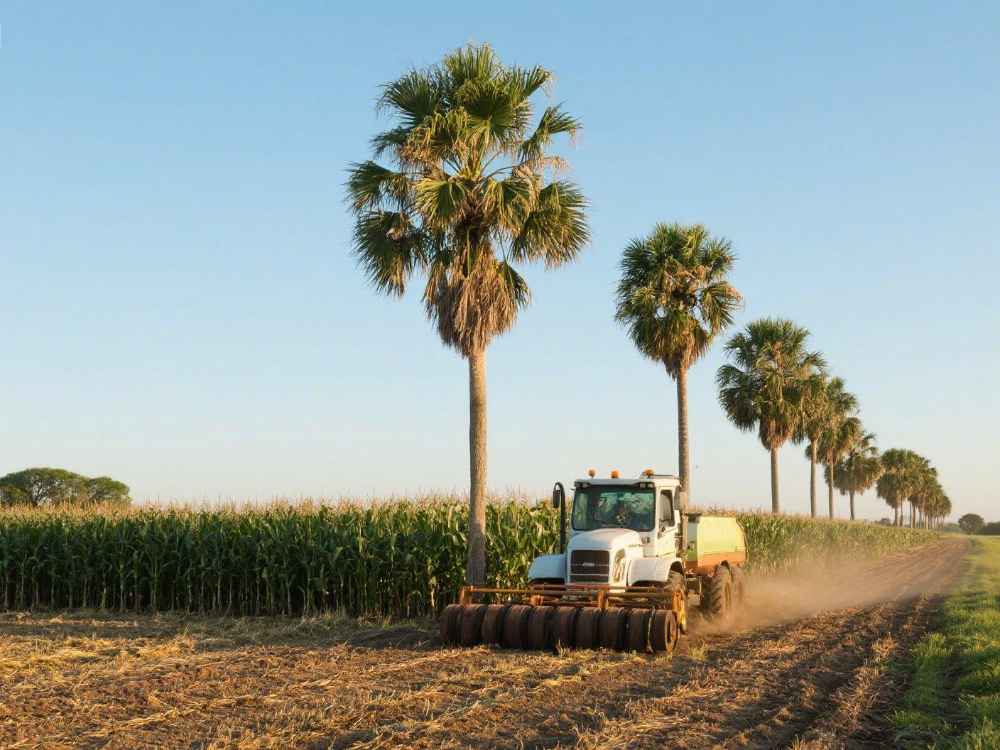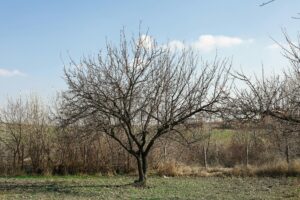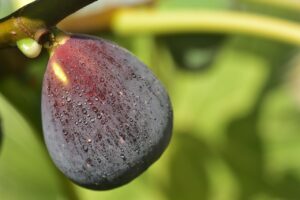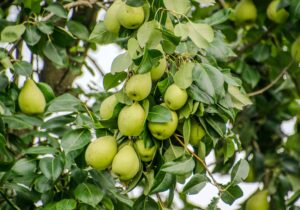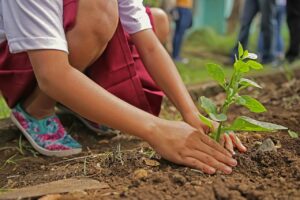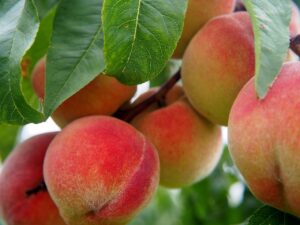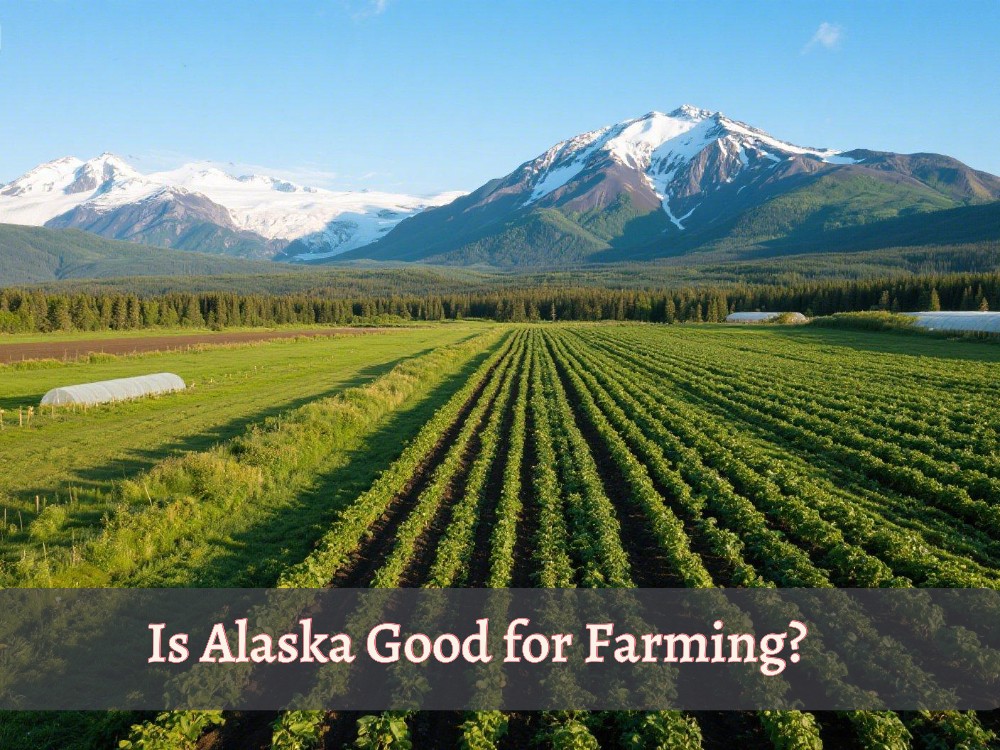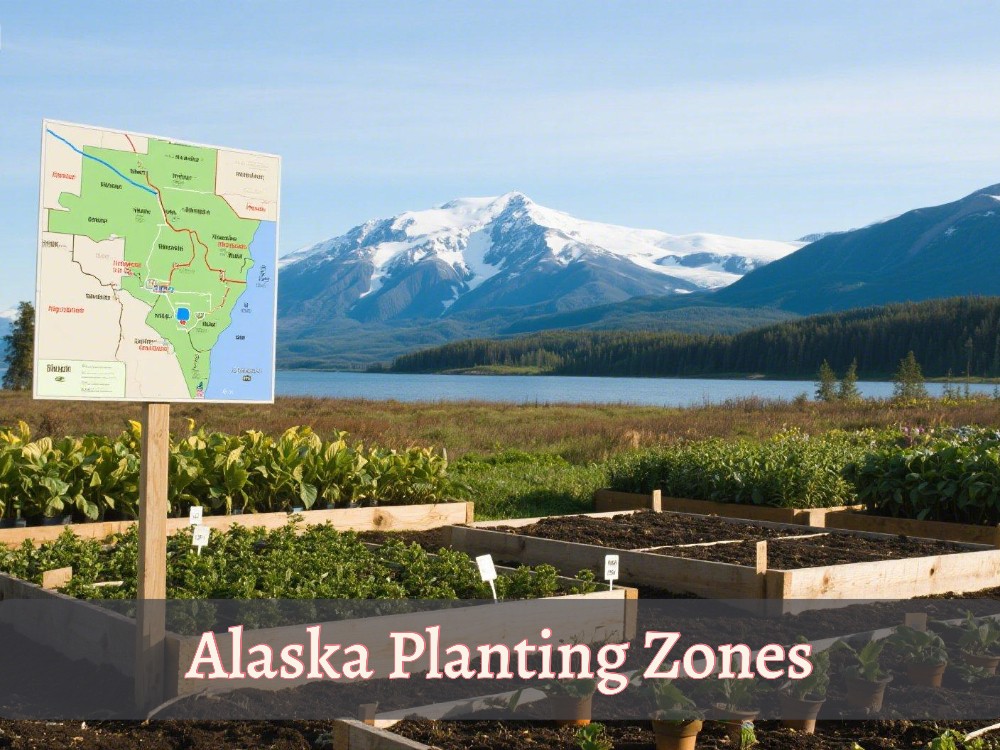Florida, the southeast state in the U.S., is considered fertile and ideal land for a wide variety of crops because the weather conditions here are relatively mild, where frost comes late and ends early.
Like Texas, Florida’s climate also offers a mild to warm environment for a long time, making it possible to garden year-round.
After tourism, agriculture is the second largest industry in Florida due to its long growing season and short frost periods, even frost-free duration in south Florida.
This state falls entirely between USDA zones from 8b to 11a (zone 8 in the northwest, 9 in central to the east, and 10, 11 in south Florida).
Taking an overview of how long the growing season in Florida can more enhance agriculture. Moreover, you also have to analyze local environmental factors and microclimate.
Growing seasons and Frost periods are Different from Area to Area.
Yes, these things vary on your local location. Various departments and university extensions provide a general estimation based on updates on weather situations. Almanac source lets you find frost dates through your zip code.
After examining frost dates and periods in your area, the remaining duration becomes the growing season of Florida. Here, I have researched about growing season length in Florida based on these updated frost dates. Let’s explore here in an easy way!
What does mean of the growing season? Growing season means a frost-free period in which plants thrive rapidly by enjoying enough sunlight and warm temperatures.
How Long is Growing Season in Florida?
Gardeners have made three growing seasons in Florida: Spring, fall, and winter. Here what’s the reason;
- Due to the coastal areas, Florida experiences higher humidity than other states like Texas, etc. That’s the reason attracts pests and diseases in the summer months (June, July, and August) which are very hot and unsuitable for several crops.
- June, July, and August are considered the hottest and most humid months in Florida, so at this time, instead of planting crops, gardeners make shade arrangements to keep the soil prepared for the next season.
- Winter is very mild in Florida! Temperature mostly stays mild, giving the best opportunity to grow cool-season crops like lettuce, kale, spinach, garlic, carrots, etc.
The above three reasons make ideal for Spring, Fall, and Winter for gardening, because at this time, the situations are not too warm and too cold!
How Many Days of Growing Season in Florida: Frost Dates
Although there are three growing seasons in Florida, summer is also part of the growing season technically, just you will have to arrange shades and use cool mulch or apply other tips to protect heat-sensitive plants.
North to Central Florida
Northwest to central Florida, which consists of USDA zones from 8b to 9a, experiences a mild frost period of about 4 to 5 months. This frost duration generally starts in mid-November and ends in mid-March, remaining 238/255 days as the growing season.
| City | Last Spring Frost | First Fall Frost | Growing Season (Days) |
|---|---|---|---|
| Gainesville | March 13 | November 24 | 255 days |
| Ocala | Feb 11–20 | Dec/Jan (rare) | 329–365 days |
| Orlando | Dec 27–Jan 1 | Dec 1–16 | 336 days |
East Coastal Areas
East Florida covers 9a USDA zones. Some areas of the top south-central parts also consist of zones 9b and 10a. In east Florida, the average first frost date starts in December and ends in mid-February, while in top south Florida, complete frost falls in one month: January. Here, the growing season is about 311/318 days!
| City | Last Spring Frost | First Fall Frost | Growing Season (Days) |
|---|---|---|---|
| Jacksonville | Feb 15–17 | Dec 16–24 | 311 days |
| Daytona Beach | Approx. Feb 15 | Dec 31 | 318 days |
| West Palm Beach | Jan 1–2 (rare) | January | 365 days |
South Florida
South parts offer more warmer climates than other areas in Florida. This area consists of zones 10b to 11a, where frost is equal to nothing. That’s why gardening is possible year-round, but summer is the dormancy season for heat-sensitive plants.
| City | Last Spring Frost | First Fall Frost | Growing Season (Days) |
|---|---|---|---|
| Miami | No frost | — | 365 days |
| Fort Lauderdale | Feb 1 | Jan 16–30 | 330–365 days |
| Homestead | No frost | No frost | 365 days |
The Minimum Temperature Range In Florida
The minimum temperature range of any area helps us to determine frost intensity and choose suitable plants that can survive under that temperature. Check USDA Hardiness map!
Florida consists of about 4 USDA zones from 8b to 11a! We have already described the placement of these zones in Florida. Here is the table for their minimum temperature range!
| USDA Zone | Minimum Temperature Range (°F) | Minimum Temperature Range (°C) |
|---|---|---|
| 8b | 15°F to 20°F | -9.4°C to -6.7°C |
| 9a | 20°F to 25°F | -6.7°C to -3.9°C |
| 9b | 25°F to 30°F | -3.9°C to -1.1°C |
| 10a | 30°F to 35°F | -1.1°C to 1.7°C |
| 10b | 35°F to 40°F | 1.7°C to 4.4°C |
| 11a | 40°F to 45°F | 4.4°C to 7.2°C |
When the temperature reaches above 32 Celcius, plants stop growth, such as tomatoes flowers fall off quickly, and leafy greens like lettuce, and spinach “bolt” and drop their flowers, making their taste bitter.
What Crops are Ideal for Florida’s Climate
Almost all crops can be grown in Florida, but with “Microplanning“. Living in Florida, you have to choose suitable crops according to season otherwise, heat stress and high humidity may negatively affect plant growth. (Here’s how the environment affects plant growth) Keep in mind that heat stress is like cold stress!
Recommended Plants for Florida
For Winter
- Vegetables: Cauliflower, Broccoli, Cabbage, English Peas
- Herbs: Spinach, Lettuce, Mustard Greens, Kale, Collards, Cilantro, Parsley
- Fruits and Roots: Carrots, Beets, Radishes, Turnips, Garlic, Onions, Leeks
For Fall and Spring
- Vegetables: Tomatoes, Cucumbers, Zucchini, Crookneck Squash, Sweet Corn, Pumpkin
- Herbs: Cilantro, Parsley, Basil, Oregano
- Cover Crops: Sunflower, Cowpeas, Velvet Beans, Cereal Rye, Crimson Clover
For Summer Heat and High Humidity Environment
- Vegetables: Okra, Peppers (Hot & Sweet varieties), Eggplant, Summer Squash, Sweet Potatoes, Southern Peas, Cowpeas
- Herbs: Malabar Spinach, Basil, Fennel (Heat-tolerant variety)
- Fruits and Roots: Watermelon, Cantaloupe, Cassava, Yam
- Do Fig Trees Lose Their Leaves in the Winter? Here’s the Truth
- Can You Plant a Loquat Tree in The Fall? Let’s Find Out
- Can You Plant a Fig Tree in The Fall? Here’s the Truth
- Can You Plant a Pear Tree in the Fall? Complete Guide
- How to Transplant Trees Safely: 5 Must-Follow Steps
- When is The Best Time to Transplant Trees for Better Growth
When to Start Planting in Florida
By the way, the best planting time is based on plant growth preference and regional climate (Here’s how). In Florida, you have to choose the right plant varieties that can happily grow in your subtropical climate.
Additionally, according to Florida’s growing season and frost periods, you can plant year-round, but with a lot of care, especially when June starts.
There is frost risk in North Florida, so start planting after February or March or after September, when the soil is ready to germinate seeds and boost vegetative growth. During the frost period, you can make seedlings indoors to get an early harvest.
East coastal areas bring warmness and humidity earlier than North Florida, so here you need to plant early, from January to February, and then in late August to early September, keeping the summer gap.
South Florida offers a frost-free period! You can plant anytime in spring, fall, and winter. Just take care in the summer heat! September, October, and November are the best mild months for planting.
In determining planting time, the growth cycle of plants also matters, whether it is perennial, biennial, or cold hardy annual!
- Do Fig Trees Lose Their Leaves in the Winter? Here’s the Truth
- Can You Plant a Loquat Tree in The Fall? Let’s Find Out
- Can You Plant a Fig Tree in The Fall? Here’s the Truth
- Can You Plant a Pear Tree in the Fall? Complete Guide
- Can You Plant a Peach Tree in the Fall? Discover here!
- Can you Plant Trees in the Fall? Is it too Late?
